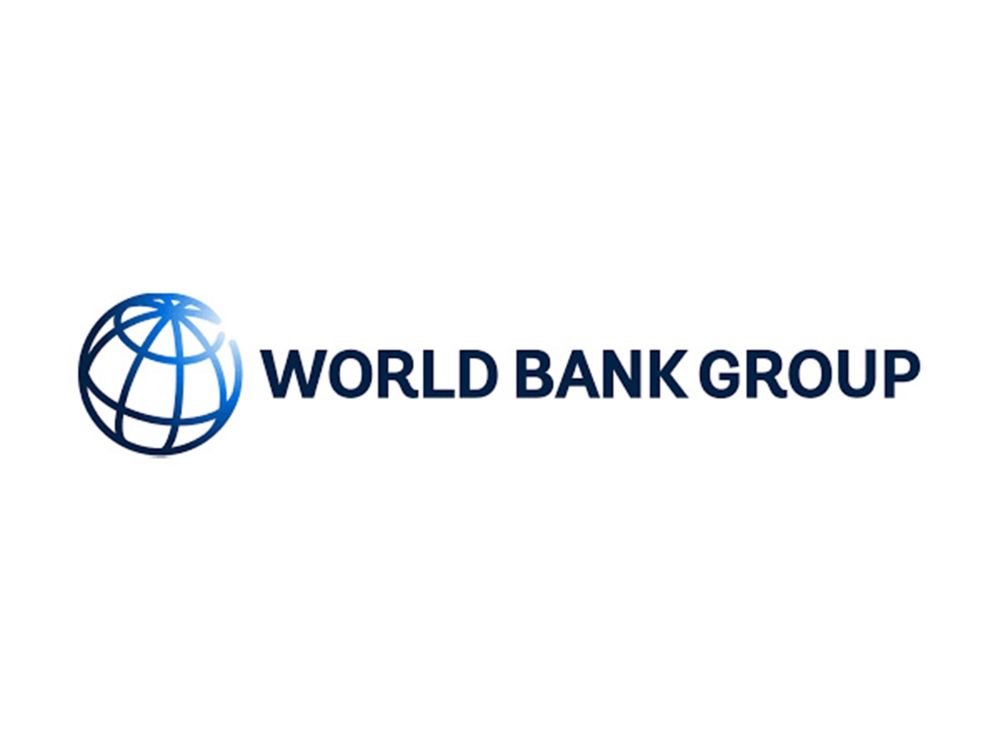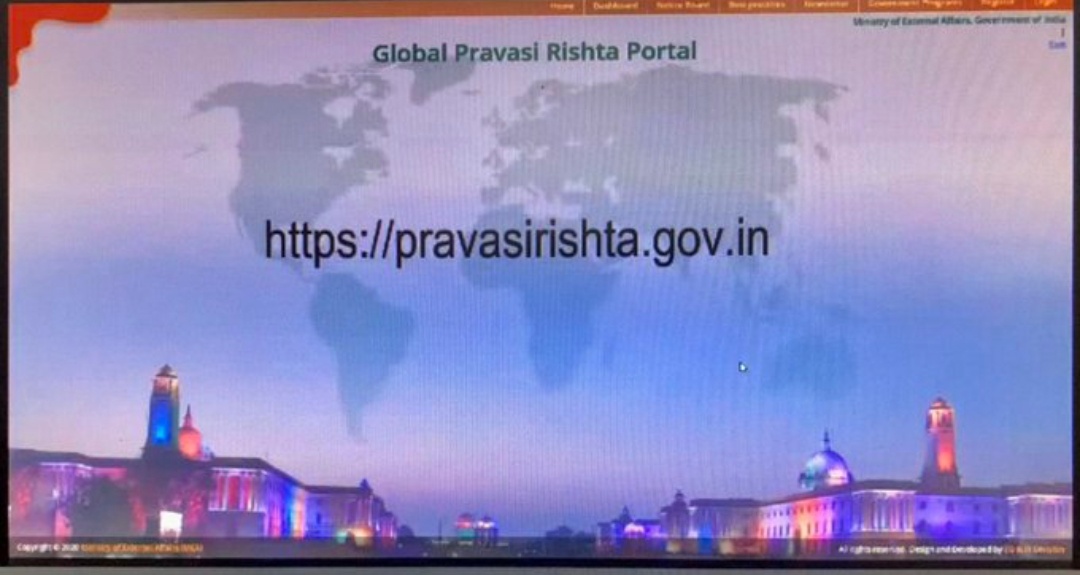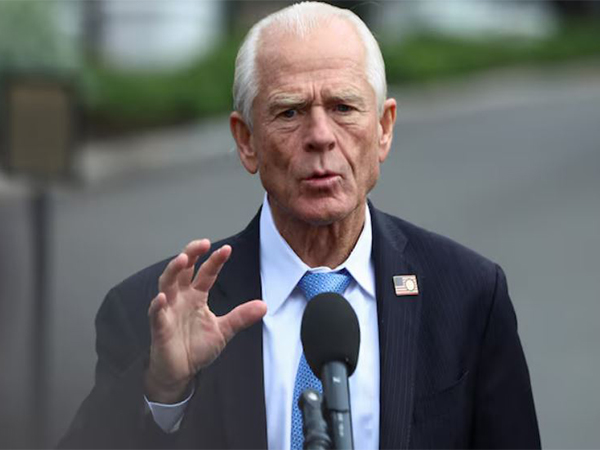India witnessed the highest foreign exchange reserves of USD 684 billion as of 30th August 2024. India’s forex reserves increased by USD 64 billion from January to August 2024, the highest percentage increase amongst major forex reserves-holding countries
Our Bureau
New Delhi
Overall investment in India grew by 7.5 per cent in the April-June quarter which is indicative that the private investment cycle is strengthening, Ministry of Finance’s monthly economic review said.
Net Foreign Direct Investment (FDI) inflows to India rose by 52.4 per cent during the first four months of FY25, supported by a surge in gross FDI inflows. Gross FDI inflows increased by 23.7 per cent, from USD 22.4 billion during the first four months of FY24 to USD 27.7 billion in the corresponding period of FY25.
Manufacturing, financial services, communication services, computer services, and electricity and other energy sectors accounted for more than three-fourths of the gross FDI inflows.
India witnessed the highest foreign exchange reserves of USD 684 billion as of 30th August 2024. India’s forex reserves increased by USD 64 billion from January to August 2024, the highest percentage increase amongst major forex reserves-holding countries.
The forex reserves are sufficient to cover more than 11 months of imports and more than 100 per cent of India’s external debt as of March 2024. Rising merchandise and services exports, coupled with stable foreign capital inflows, reflect the strong position of India’s external sector.
Foreign portfolio investors remained net buyers over April – August 2024. Driven by stable capital inflows, foreign exchange reserves have reached historically highest levels.
Goods and Services Tax (GST) collections in August, in gross terms, were at Rs 1.74 lakh crore, with a yearly jump of 10 per cent. So far in 2024, the total GST collection has been 10.1 per cent higher at Rs 9.13 lakh crore, as against Rs 8.29 lakh crore mopped up in the corresponding period of 2023
“Steady growth in GST collections, expansionary trends in purchasing managers’ indices and growth in air and port cargo indicate vigorous economic activity,” it said.
Labour market indicators indicated a strong outlook for the next quarter. Signaling a rebound in formal job creation, EPFO added 10.5 lakh new members in July 2024. A significant 59.4 per cent of new members added in July 2024 were in the 18-25 age group, indicating that most individuals joining the organized workforce are youth, mainly first-time job seekers.
“For the remaining part of the financial year, a reasonable expectation is that public expenditure will pick up, providing added growth and investment impetus.” Said the report
India’s real GDP grew 6.7 per cent during the April-June quarter — the first quarter of 2024-25 — down from 8.2 per cent same quarter last year. Weaker government spending ahead of the Lok Sabha election and a prolonged heatwave impacted economic growth during the quarter.
“Growth in all major non-agricultural sectors stayed well above 5 per cent in Q1, indicating broad-based expansion. With the advancing monsoon, kharif sowing has also picked up, brightening prospects of agricultural production,” the report said.
India’s GDP grew by an impressive 8.2 per cent during the financial year 2023-24, continuing to be the fastest-growing major economy. The economy grew by 7.2 per cent in 2022-23 and 8.7 per cent in 2021-22.
Govt. to borrow Rs 6.61 lakh crore from market in second half of FY25
Out of gross market borrowing of Rs 14.01 lakh crore budgeted for 2024-25, Rs 6.61 lakh crore or 47.2 per cent is planned to be borrowed in the second half, the Ministry of Finance said in a statement on Thursday.
These borrowings would be done through the issuance of dated securities, including Rs 20,000 crore of Sovereign Green Bonds (SGrBs).
The government, in consultation with the Reserve Bank of India, has finalized its borrowing programme for the second half of 2024-25.
The gross market borrowing of Rs 6.61 lakh crore shall be completed through 21 weekly auctions.
The market borrowing will be spread over 3, 5, 7, 10, 15, 30, 40 and 50-year securities.
The share of borrowing (including SGrBs) under different maturities will be 3-year (5.3 per cent), 5-year (10.6 per cent), 7-year (7.6 per cent), 10-year (24.8 per cent), 15-year (13.2 per cent), 30-year (12.1 per cent), 40-year (15.9 per cent) and 50-year (10.6 per cent).
“The Government will continue to reserve the right to exercise greenshoe option to retain an additional subscription of up to Rs 2,000 crore against each of the securities indicated in the auction notifications,” the ministry added.


























